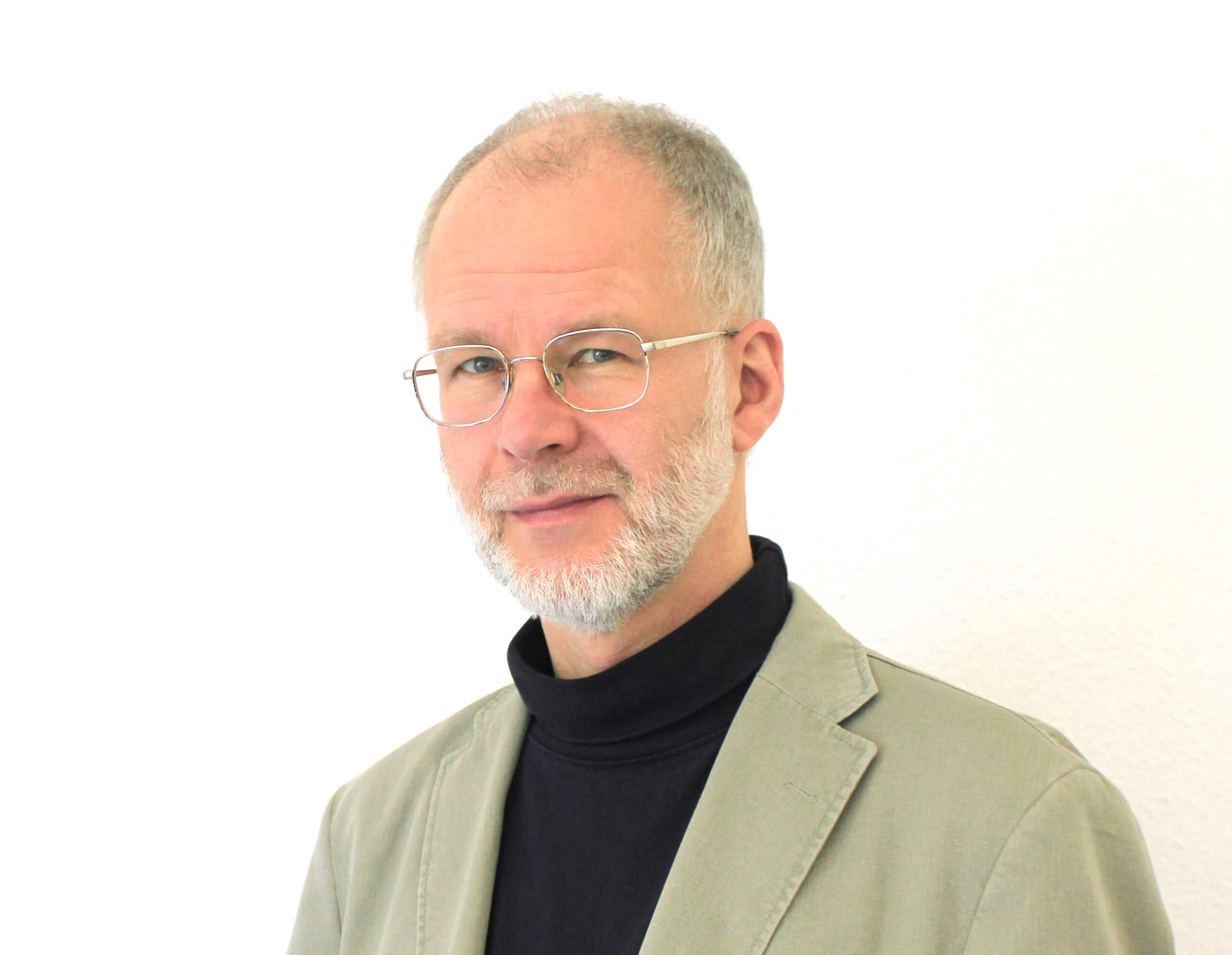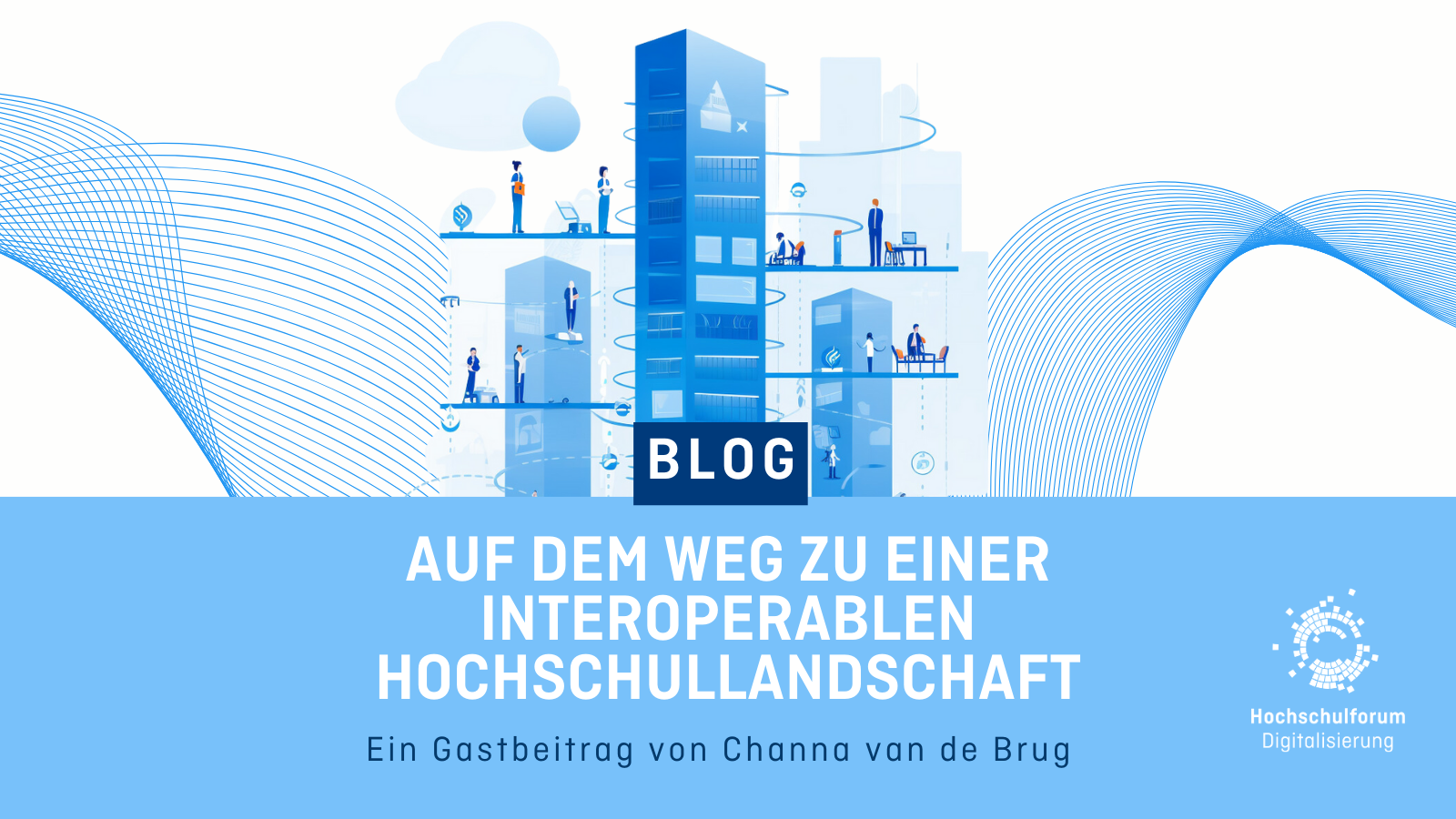Die stumme, dunkle Wand in Zoom
Die stumme, dunkle Wand in Zoom
23.07.20
Videokonferenzen wie mit Zoom haben sich als Online-Lösung für viele Formate der ad-hoc-digitalen Lehre in der Corona-Krise bewährt. Vor allem in Vorlesungen, aber sogar in kleineren Seminaren bleibt die Kamera auf Studierendenseite jedoch oft ausgeschaltet. Die Lehrenden sprechen gegen eine stumme Wand und der erhofften Interaktivität stellt sich Inaktivität entgegen. Professor Jörn Loviscach hat sich nach den Beweggründen für dieses Verhalten umgehört. Im folgenden Beitrag zeigt er mit Hilfe seiner Ergebnisse deren Vielfältigkeit auf und findet dabei Antworten, die zeigen, dass der Verzicht auf eine Beteiligung in Bild und Ton auch positive Seiten haben kann.
![Oft bleibt das Fenster während Videokonferenzen in Richtung der Studierenden zu. Die Gründe hierfür sind vielfältig. Bild: [https://unsplash.com/photos/Oqk2A8QW75U Aliko Sunawang] Oft bleibt das Fenster in Richtung der Studierenden zu. Die Gründe hierfür sind vielfältig.](/sites/default/files/images/blog/videokonferenz.jpg)
Das Phänomen der nicht hörbaren und nicht sichtbaren Teilnehmenden von Videokonferenzen gehörte im ersten Corona-Semester für praktisch alle Lehrenden zum neuen Alltag. War es schon vorher eine Herausforderung, eine Veranstaltung interaktiv zu gestalten, hat sich nun ein erstickender Vorhang in das Seminar gesenkt. Dafür gibt es erstaunlich viele und vielschichtige Gründe.
Jüngst habe ich Beweggründe für das Unhörbar- und Unsichtbarsein einzusammeln versucht. Die eingegangenen Kommentare von Studierenden und Lehrenden sowie Aussagen, die mir anderweitig zu Ohren gekommen sind, möchte ich nun hier etwas prägnanter formulieren. Ich habe sie Oberbegriffen zugeordnet und diese Oberbegriffe ungefähr – ohne Anspruch auf Repräsentativität – vom Wichtigen zum weniger Wichtigen sortiert.
Auf der Suche nach Erklärungen
Vorausgeschickt sei, dass selbst eine formelle Umfrage – und dies war sicherlich keine – mit Vorsicht zu genießen wäre: Wissen die Befragten überhaupt, was sie antreibt? Wollen sie es sagen? Bleibt die stumme Mehrheit auch in der Umfrage stumm? Insofern kann das Folgende allenfalls eine vorsichtige erste Annäherung sein.
Peinlichkeit. „Ich könnte etwas Falsches sagen (ggf., weil ich mich nicht genügend vorbereitet habe) und mache mich dadurch lächerlich.“ – „Ich habe ein schäbiges Zimmer und die Funktion für den virtuellen Hintergrund ist abgeschaltet bzw. ich kenne die nicht.“ – Nicht so wichtig scheint aber zu sein: „Vielleicht schneidet jemand aus dem Publikum die Veranstaltung verbotenerweise mit und mobbt mich damit.“
Einschränkungen des Mediums. „Die Umgebung ist für mich ungewohnt.“ – „Geht mein Mikro? Ist die Verbindung gut? Versteht man mich? Unmittelbares Feedback gibt es dazu nicht.“ (Doch, zum Beispiel im Audio-Statistik-Fenster von Zoom!) – „Wegen der Latenz fällt man immer jemandem ins Wort.“ – „Man kann sich nicht wirklich in die Augen schauen.“
Privatheit. „Ich lasse quasi den gesamten Kurs in mein Zimmer.“ – „Ich habe Angst vor Leuten, die mein Bild benutzen könnten, um sich sexuell zu erregen.“ – Nicht so wichtig scheint aber zu sein: „Auf einem fernen Kontinent könnte mitgeschnitten werden.“
Technik. „Ich habe keine Webcam und/oder kein Mikrofon.“ (Und kein Smartphone, das ja auch für die Konferenz nutzbar wäre?) – „Meine Technik liefert nicht die Übertragungsqualität, wie sie bei Twitch usw. zu erleben ist.“ – „Lieber höre ich den Prof. verständlich, als dass ich meine dünne Bandbreite mit Video zuschaufele.“
Klandestine Interaktivität. „Wir unterhalten uns durchaus, allerdings in einem privaten Chat; im Hörsaal tratscht man ja auch in der letzten Reihe.“
Diversität. „Ich spreche nicht gut genug Deutsch.“ – „Ich kann mich besser konzentrieren, wenn ich nur die Stimme höre.“ – „Ich sitze im Rollstuhl und werde endlich nicht als der mit dem Manko wahrgenommen.“
Konformität. „Die anderen Leute sind ja auch stumm und unsichtbar.“ – „Ich könnte etwas Brauchbares beitragen, will aber nicht als Streber rüberkommen.“
Nicht erkennbarer Nutzen. „Der Dozent hat eine schlechte Internetverbindung, ist unvorbereitet und fragt, ob die Kursteilnehmer weiterwüssten.“
Andere Tätigkeiten. „Ich muss nebenbei arbeiten / abspülen / das Kind wickeln.“ – „Ich muss nebenbei einer zweiten Veranstaltung folgen.“
Viele Menschen, viele Erklärungen
Diese Gründe weisen eine überraschende Vielfalt auf. Deshalb wird es wohl kein Patentrezept geben, um den Vorhang wieder zu lüften. Einige der Bemerkungen sprechen sogar dafür, dass es zumindest individuell sehr hilfreich sein kann, auf eine Beteiligung mit eigenem Bild und Ton zu verzichten.
Eine Rezeptidee besteht darin, jede Sitzung zum Warmwerden mit einer kurzen Breakout-Session in kleinen, unbeaufsichtigten Gruppen zu beginnen. Hier scheint die Kommunikation – oft oder manchmal – besser zu funktionieren; vielleicht lässt sich dies in die gemeinsame Sitzung nach dem Breakout hinüberretten. Allerdings höre ich, dass sogar Breakout-Sessions von dem folgenden, fundamentalen Problem betroffen sein können: „[M]any students resist active learning techniques on the grounds that they feel they are not learning“.


 Channa van der Brug
Channa van der Brug 